FMNR & World Vision
Our history
For over two decades, World Vision has been leading the charge to bring invisible forests back to life with a powerful technique called FMNR. FMNR is an age-old practice, now recognised by various United Nations agencies, the World Bank, the World Resources Institute, the World Council of Churches, World Future Council and many others as an outstanding practice in agroecology.
World Vision has seen FMNR adopted and spread in over 30 countries by individuals, communities and more than 2,000 partners.
World Vision has trained almost one million farmers and regenerated nearly one million hectares of degraded land, proving it to be a highly scalable solution as well as an effective one.

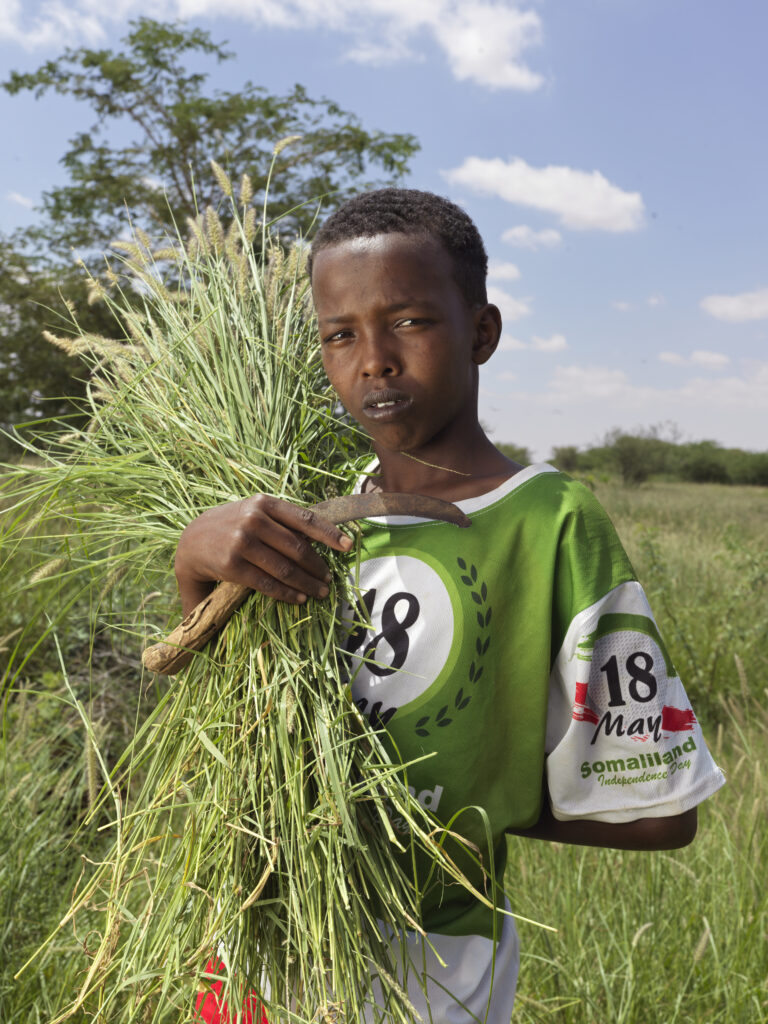
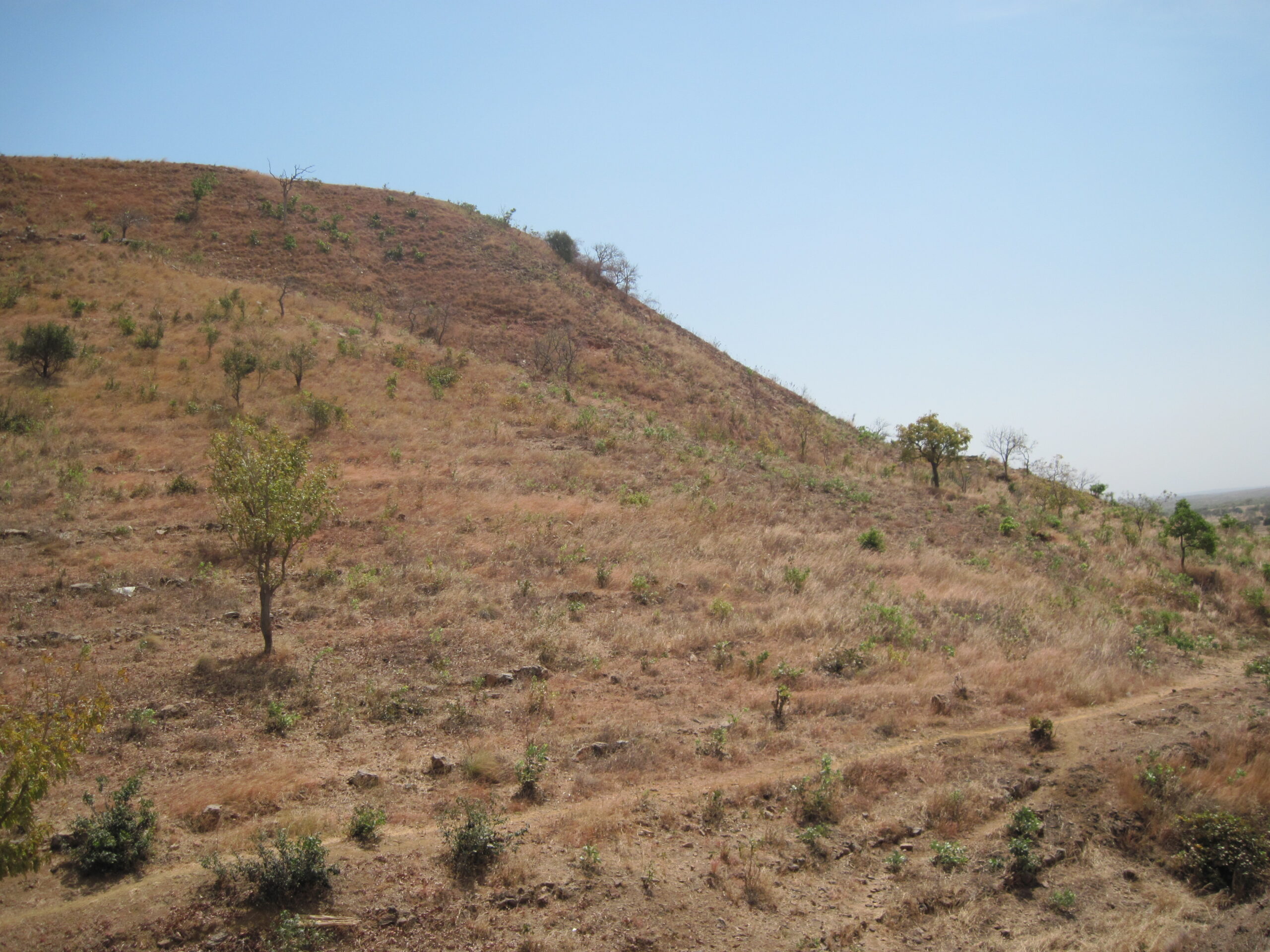

Our vision
In addition to enabling the global community to adopt FMNR, World Vision is committed to restoring 27 million hectares and reaching 8.1 million children over 10 years.
World Vision has adopted a movement mindset to mobilise farmers, local community groups and institutions to restore 973 million hectares and advocate for government policies, laws and funding to support greater uptake of FMNR.
The exponential spread will come from partners rapidly adopting FMNR – from governments, NGOs, businesses, influencers, philanthropists and local to global organisations.
World Vision is committed to equipping partners with the knowledge, resources and support they need to spread FMNR.
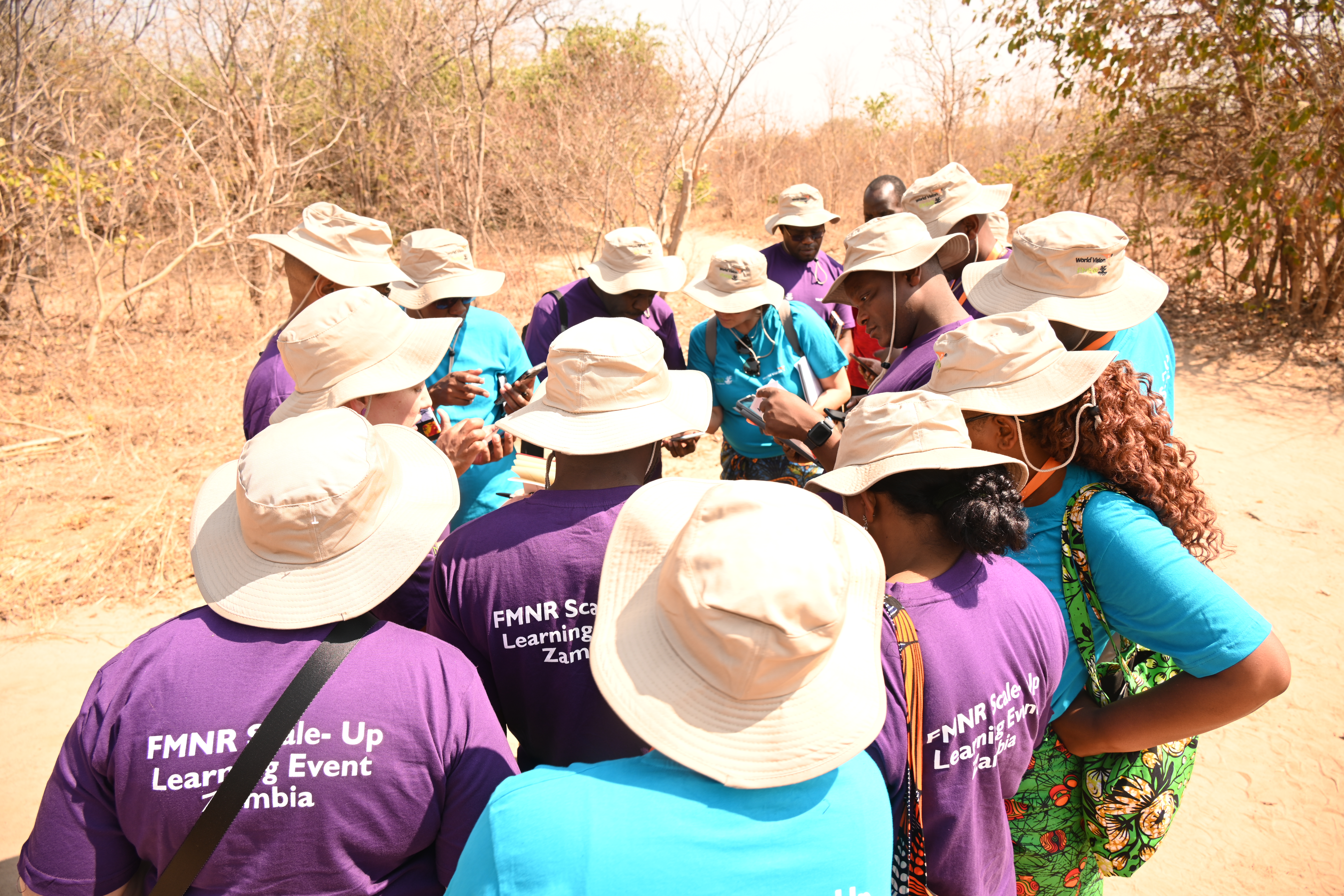
Scaling FMNR
Scaling up FMNR will be everyone’s business at World Vision – it will be embedded into our business-as-usual mechanisms, from core project models for Area Programs and promotions to child sponsors, to new offers for high-net-worth and corporate donors, to grant acquisition from existing and new institutional donors.
We have already started and know where to focus our efforts and resources to scale FMNR quickly.
We have many program and business initiatives that can integrate FMNR to widen our footprint and impact. We are building new tracking technology to report the spread of FMNR with new partners and will continue to join forces with others to prove that FMNR works for many communities, geographies and contexts.

Humbo, Ethiopia
World Vision’s first climate change mitigation project is a community-managed reforestation initiative in Humbo, Ethiopia. Located in the southwest of the country in World Vision’s Humbo Area Development Program, it benefits the environment through improved natural resource management and increased biodiversity.
The project contributes to poverty alleviation in three ways:
Increased grass
Direct benefit by providing increased grass (cut and carried) for livestock, increased domestic firewood.
Environmental benefits
Direct environmental benefits such as improved ground water and decreased erosion.
Community-based income stream
Indirect benefit by creating a new community-based income stream through the generation of carbon offset credits under the Clean Development Mechanism (CDM) – the Kyoto Protocol system reserved for developing countries.
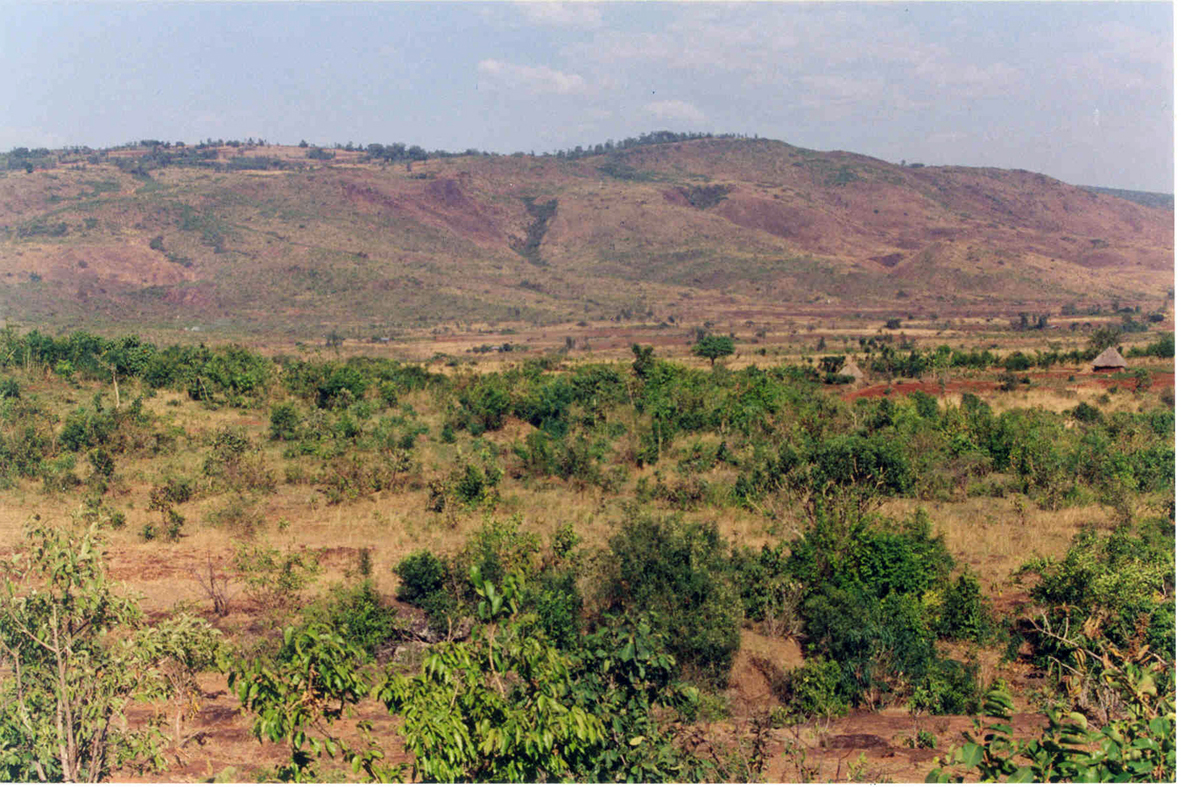
HUMBO BEFORE FMNR
The area was bare of trees, although some small shrubs remained. High rainfall led to flash flooding in the area, destroying roads and bridges and there was extensive erosion. Large amounts of topsoil had been lost, reducing potential productivity in higher areas and leaving large silt and rock deposits on farms in lower areas.
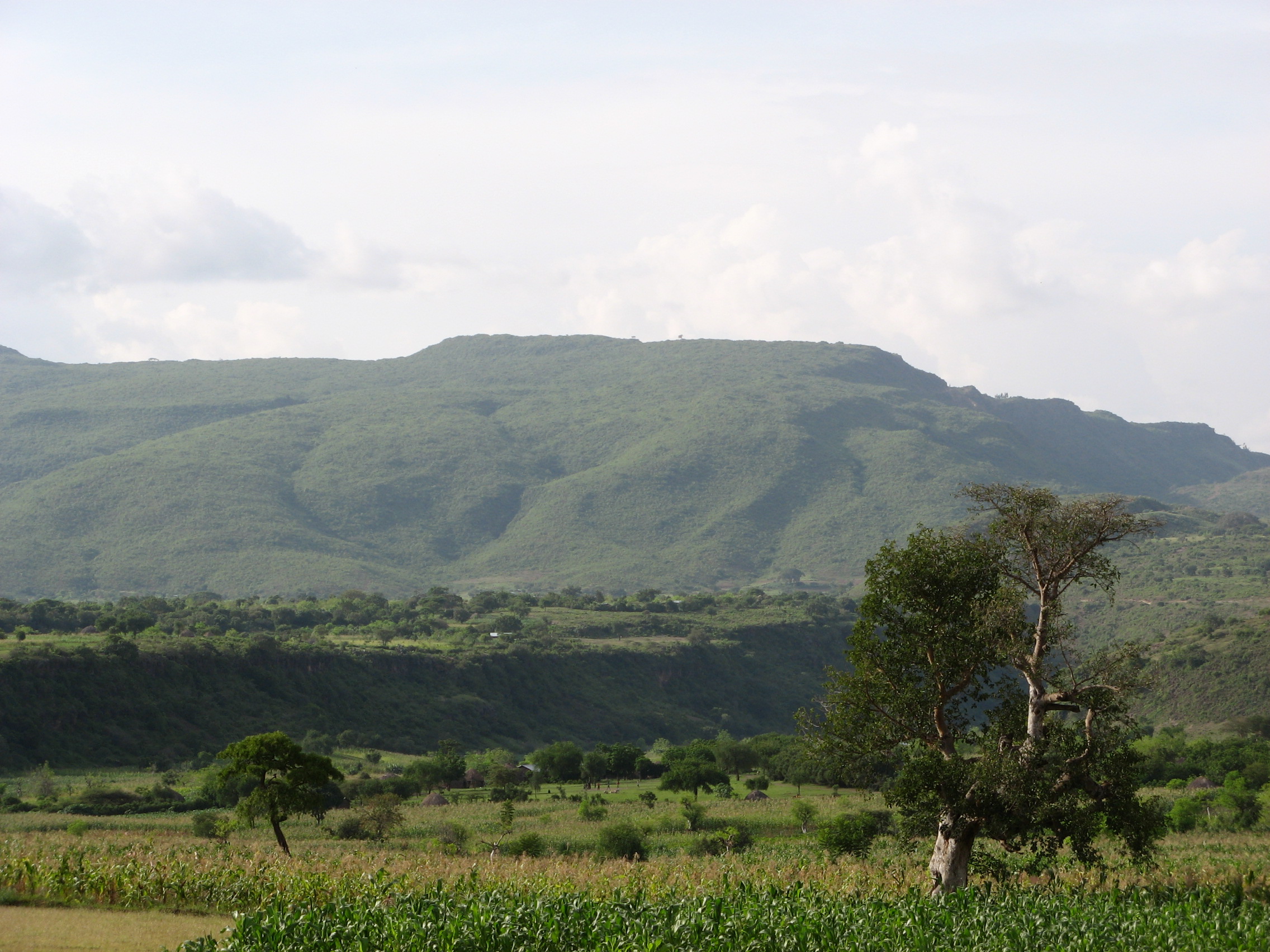
HUMBO AFTER FMNR
Since June 2006, the project site has been managed using FMNR. The communities are very excited about the project, and tree growth has been exceptional. Tree nurseries were also very successful – and some 450,000 seedlings were established in 2006.
Generational impact
The children and staff of a secondary school in Zambia are addressing some of the world’s biggest challenges, starting right in their schoolyard. “We have decided to dedicate one acre to land regeneration,” says head teacher Mr. Nkhata, one of three staff members trained in FMNR by World Vision’s Sustainable Land Restoration project. The school has established an FMNR club with 20 students, including three children with disabilities.
Already, the designated land for regeneration is taking shape and will soon provide much-needed shade and soil cover. “The best part is that the pupils in the FMNR club will be able to train other students and guardians on the importance of FMNR. This will ensure sustainability and have a long-lasting impact on communities,” says Mr. Nkhata.
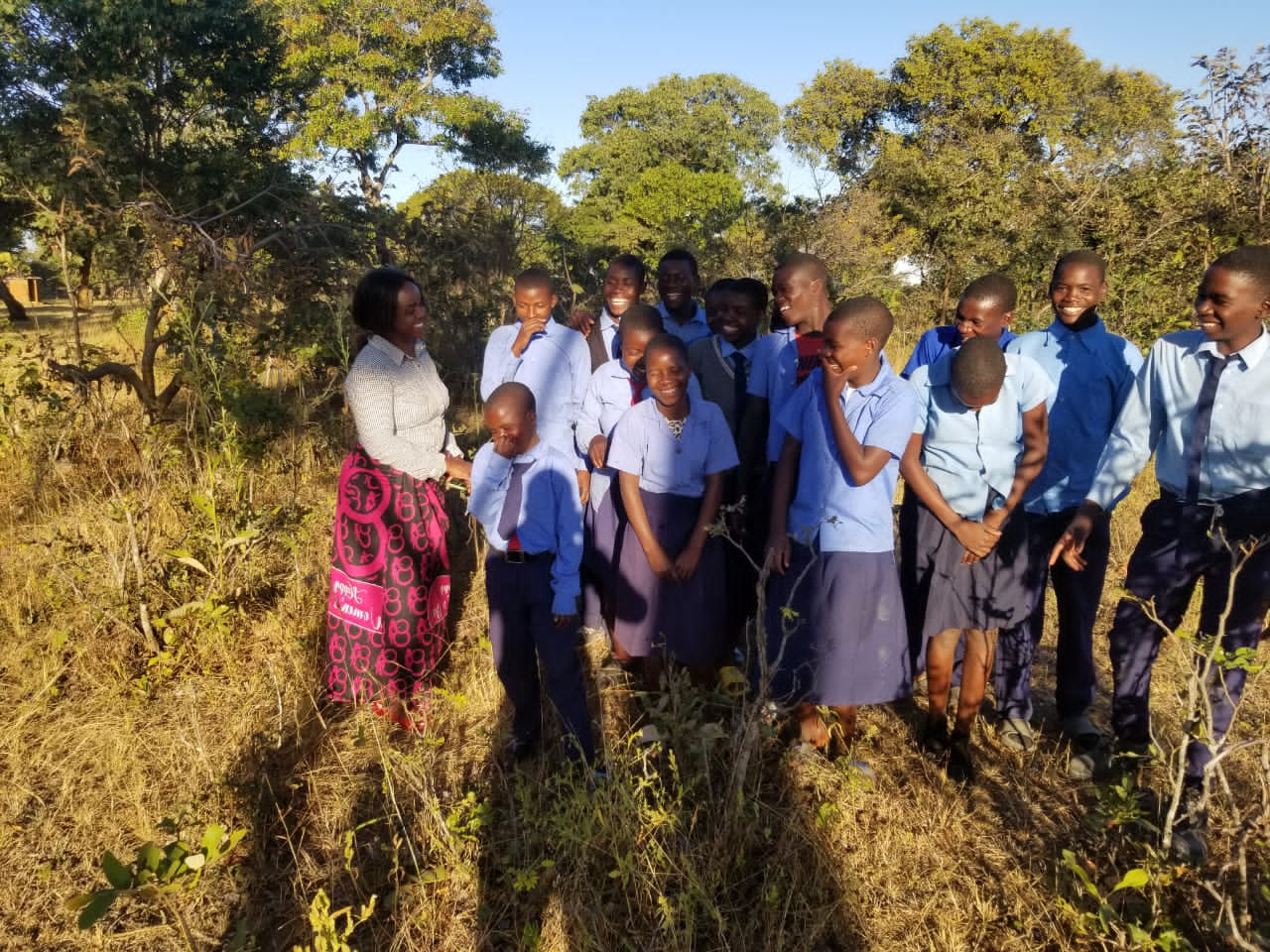
Get involved
Anyone can join the global FMNR movement by learning the technique, spreading awareness, participating in local projects, or supporting initiatives that directly implement FMNR. These efforts help restore degraded lands and build sustainable futures for children and their communities.